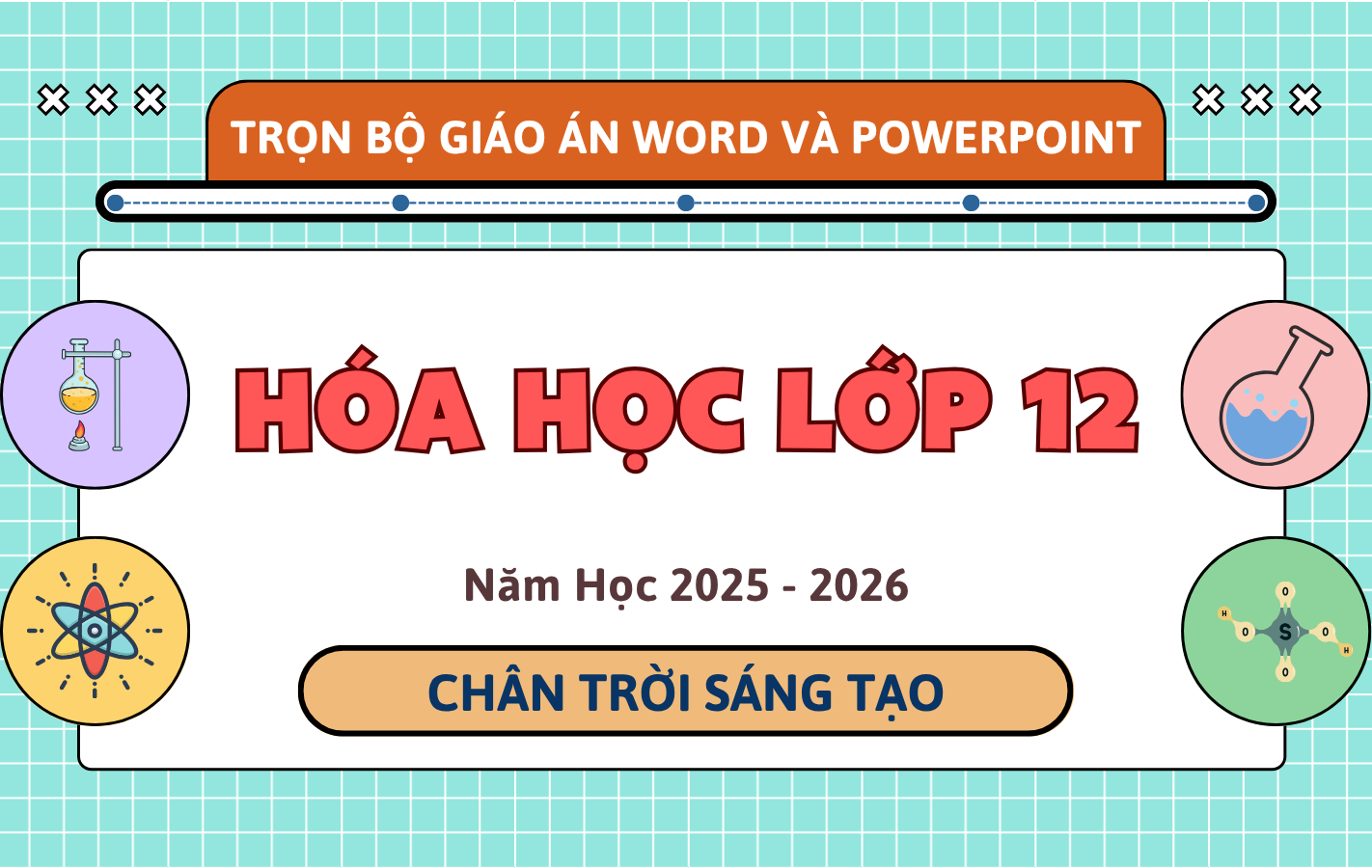Câu hỏi:
Read the following passage and mark the letter A, B, C, or D to indicate the correct answer to each of the questions.
Emotional expression is a fundamental aspect of human development, allowing individuals to communicate feelings and establish social connections. The ability to express emotions develops early in life and evolves as children grow, influenced by their environment, genetics, and interactions with caregivers.
From birth, infants communicate through instinctual responses, such as crying and fussing, to convey basic needs like hunger, pain, or discomfort. These initial expressions are reflexive, not deliberate emotional communications. However, as infants grow, they begin to develop a more nuanced palette of emotions. By the age of 2 to 3 months, infants can display primary emotions such as joy, surprise, and distress through facial expressions, vocalizations, and body language.
This early stage sets the foundation for more complex emotional expressions. Between 6 to 12 months, babies start to exhibit social smiles, laugh, and show fear in certain situations, signaling a deeper engagement with their surroundings and people. The development of attachment to their caregivers also marks a crucial phase in emotional expression, as infants begin to seek comfort and reassurance through more deliberate actions.
As children enter the toddler years, their emotional range expands significantly. They start to express feelings such as pride, shame, guilt, and envy, which are considered more complex because they involve self-awareness and reflection. This period is also characterized by the emergence of emotional self-regulation skills. Toddlers begin to learn how to manage and express their emotions appropriately, a process heavily guided by parental modeling and responses.
Preschool age introduces greater sophistication in emotional expressions. Children at this stage are not only better at recognizing and naming their own emotions but also at interpreting others' emotional states. This empathetic development is crucial for forming social relationships and navigating social contexts. Educators and caregivers play a pivotal role in this stage by providing emotional education through structured activities and supportive interactions.
Throughout childhood, the ability to express emotions evolves dramatically, reflecting the growing complexity of children's internal experiences and their increasing sophistication in understanding the social world. Each stage of emotional development builds upon earlier skills, shaped by both biological predispositions and environmental inputs. Thus, fostering an emotionally supportive environment is vital for helping children mature into emotionally intelligent and resilient individuals.
What should be the best title of the passage?
Đáp án đúng: D
Giải thích:
Tiêu đề tốt nhất phải bao quát được toàn bộ nội dung chính của bài đọc.
Bài đọc mô tả một cách chi tiết quá trình phát triển của biểu hiện cảm xúc (emotional expression) từ sơ sinh (From birth, infants...) qua tuổi tập đi (toddler years) đến tuổi mẫu giáo (Preschool age).
Lựa chọn D (The Development of Emotional Expression in Children) phản ánh chính xác nhất chủ đề này: Sự Phát triển của Biểu hiện Cảm xúc ở Trẻ em.
Câu hỏi này thuộc đề thi trắc nghiệm dưới đây, bấm vào Bắt đầu thi để làm toàn bài
Câu hỏi liên quan

Trọn Bộ Giáo Án Word & PowerPoint Tiếng Anh 12 – I-Learn Smart World – Năm Học 2025-2026

Trọn Bộ Giáo Án Word & PowerPoint Tiếng Anh 12 – Global Success – Năm Học 2025-2026

Trọn Bộ Giáo Án Word & PowerPoint Hóa Học 12 – Kết Nối Tri Thức – Năm Học 2025-2026

Trọn Bộ Giáo Án Word & PowerPoint Hóa Học 12 – Chân Trời Sáng Tạo – Năm Học 2025-2026

Trọn Bộ Giáo Án Word & PowerPoint Công Nghệ 12 – Kết Nối Tri Thức – Năm Học 2025-2026
